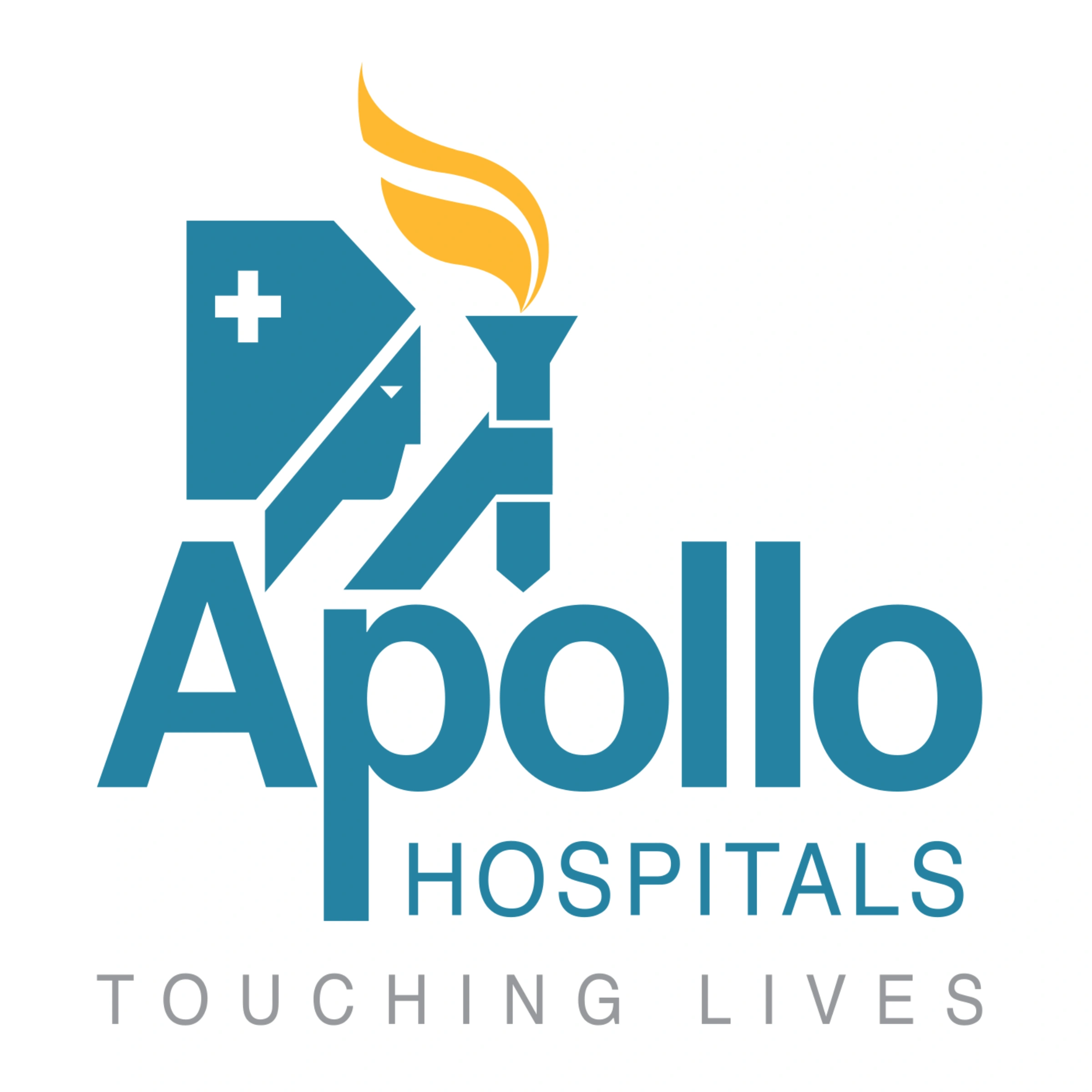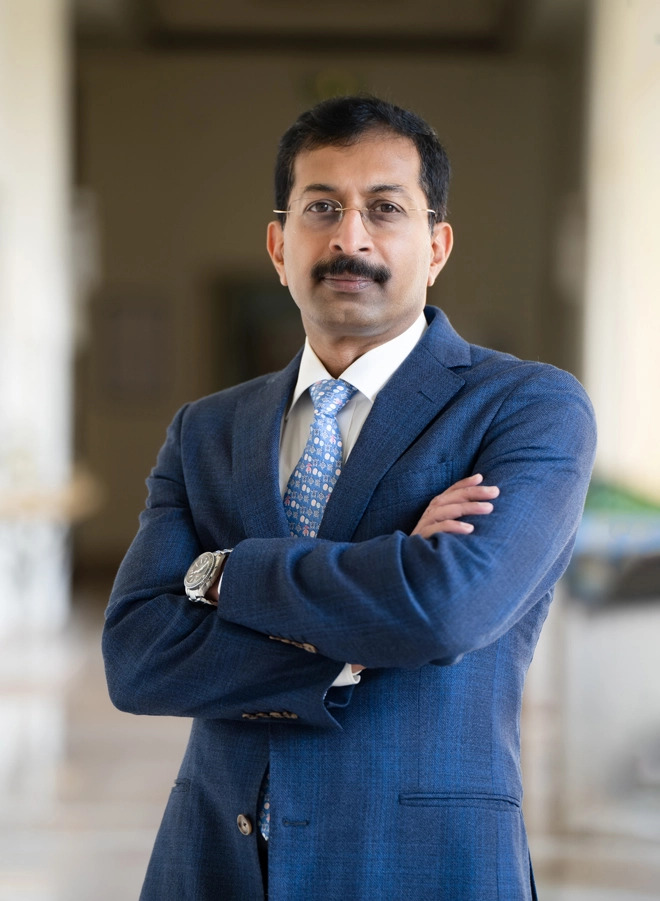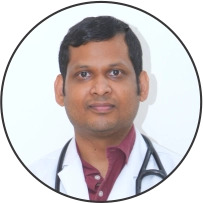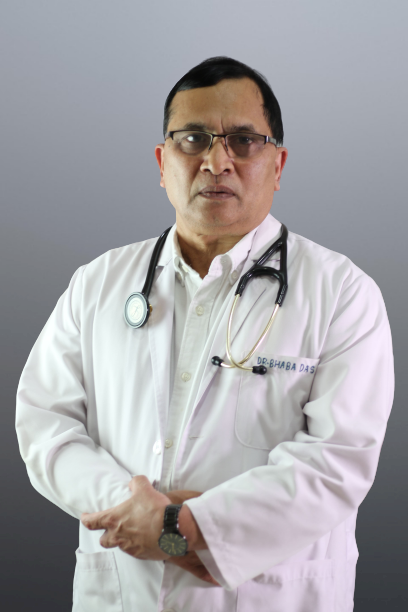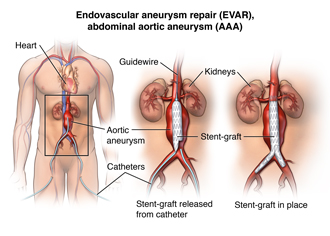What is an Aortic Aneurysm?
An aortic aneurysm is a bulge or dilation in the wall of the aorta, the largest artery in the body. The aorta carries oxygen-rich blood from the heart to the rest of the body. Aneurysms develop when the aorta weakens, causing it to expand. Over time, an untreated aneurysm can grow and may eventually rupture, leading to life-threatening internal bleeding.
There are two main types of aortic aneurysms:
- Abdominal Aortic Aneurysm (AAA): Occurs in the section of the aorta that passes through the abdomen.
- Thoracic Aortic Aneurysm (TAA): Develops in the upper part of the aorta, in the chest.
Causes and Risk Factors
The exact causes of aortic aneurysms are not always clear, but certain factors increase the risk:
- Smoking: A significant risk factor that weakens arterial walls.
- High Blood Pressure (Hypertension): Puts extra strain on the aorta.
- Atherosclerosis: Hardening of the arteries caused by cholesterol buildup.
- Genetic Factors: Conditions like Marfan syndrome or Ehlers-Danlos syndrome.
- Aging: The risk increases with age, especially after 60.
- Infections or Trauma: In rare cases, infections or injuries can weaken the aortic wall.
Symptoms of Aortic Aneurysm
Aortic aneurysms often develop silently, with no noticeable symptoms until they grow large or rupture. When symptoms do occur, they may include:
- Pain in the chest, back, or abdomen.
- Pulsating sensation in the abdomen.
- Shortness of breath or difficulty swallowing (in thoracic aneurysms).
- Rapid heart rate or dizziness (if rupture occurs).
If an aneurysm ruptures, it is a medical emergency requiring immediate attention. Symptoms of a rupture include severe, sudden pain, loss of consciousness, and shock.
Treatment Options for Aortic Aneurysm
Treatment depends on the size, location, and risk of rupture of the aneurysm. There are two main approaches to aortic aneurysm repair:
1. Open Aortic Aneurysm Repair (Open Surgery)
This traditional method involves making a large incision in the chest or abdomen to access the aneurysm. The surgeon replaces the damaged section of the aorta with a synthetic graft.
- Suitable for large or complex aneurysms.
- Provides long-lasting results.
- Requires longer recovery due to the invasive nature of the surgery.
2. Endovascular Aneurysm Repair (EVAR/TEVAR)
A minimally invasive procedure where a stent graft is inserted into the aorta through a small incision in the groin. The graft is guided to the site of the aneurysm using imaging technology and placed to reinforce the weakened aortic wall.
- Less invasive with faster recovery.
- Ideal for patients with high surgical risk.
- Shorter hospital stay and lower complication rates.
The choice between open surgery and EVAR depends on factors such as the patient’s overall health, the aneurysm’s size and location, and the hospital's expertise.
Why Choose India for Aortic Aneurysm Repair?
India is a preferred destination for aortic aneurysm repair due to its combination of affordability and high-quality care. Here are the key advantages:
- Affordable Treatment:
Surgery costs in India are a fraction of those in Western countries, making it an excellent option for international patients.
Comprehensive Medical Tourism Support:
Services include visa assistance, airport transfers, accommodation, and interpreter support for international patients.
- Short Waiting Times:
Unlike in many other countries, patients in India can schedule their surgery quickly, minimizing risks.
Steps in Aortic Aneurysm Repair Surgery
The procedure involves several critical steps:
- Pre-Surgical Preparation:
- Anesthesia:
- Surgical Repair:
- Post-Surgery Monitoring:
- Patients are closely monitored in an intensive care unit (ICU) for a few days to manage pain, prevent complications, and ensure the graft is functioning properly.
Recovery After Aortic Aneurysm Repair
The recovery process depends on the type of surgery performed:
- Open Surgery:
- Endovascular Repair (EVAR):
- Involves a shorter hospital stay of 2-3 days.
- Recovery time is quicker, with most patients resuming normal activities within 2 weeks.
During recovery, patients are advised to avoid heavy lifting, quit smoking, and maintain a healthy lifestyle to reduce strain on the heart and aorta.
Risks and Complications
While aortic aneurysm repair is generally safe, potential risks include:
- Bleeding or infection.
- Graft-related issues, such as leaks (endoleaks in EVAR).
- Blood clots or strokes.
- Complications from anesthesia.
Choosing an experienced surgeon and hospital significantly reduces the likelihood of complications.
Factors Affecting the Cost of Aortic Aneurysm Repair
- Type of Procedure:
- Hospital Choice:
- Surgeon Expertise:
- Patient’s Medical Condition:
- Additional complications or co-existing conditions may increase costs.
Why Choose Healtour Solutions for Aortic Aneurysm Repair?
At Healtour Solutions, we specialize in connecting international patients with the best hospitals and surgeons in India. Our services include:
- Personalized Care: Assistance in selecting the most suitable hospital and surgeon for your needs.
- Affordable Packages: Comprehensive treatment packages covering surgery, accommodation, and transportation.
- End-to-End Support: Visa assistance, interpreter services, and 24/7 customer care.
- Trusted Network: Access to top hospitals and renowned vascular surgeons across India.
Conclusion
Aortic aneurysm repair is a critical procedure that can save lives and improve the quality of life for patients with this serious condition. With its advanced medical infrastructure, skilled surgeons, and cost-effective treatments, India is an ideal destination for aortic aneurysm repair. Contact Healtour Solutions today to explore our affordable treatment packages and take the first step toward better heart health.
Frequently Asked Questions (FAQs) About Aortic Aneurysm Repair
- What is an aortic aneurysm, and why is it dangerous?
An aortic aneurysm is a bulging or weakened section of the aorta, the largest artery in the body. It is dangerous because it can rupture, causing life-threatening internal bleeding.
- What are the main types of aortic aneurysms?
The two primary types are:- Abdominal Aortic Aneurysm (AAA): Occurs in the lower part of the aorta, in the abdomen.
- Thoracic Aortic Aneurysm (TAA): Develops in the upper part of the aorta, in the chest.
- What are the symptoms of an aortic aneurysm?
Most aneurysms are asymptomatic. However, some patients may experience:- A pulsating sensation in the abdomen (for AAA).
- Pain in the chest, back, or abdomen.
- Sudden severe pain if the aneurysm ruptures.
- How is an aortic aneurysm diagnosed?
Aneurysms are often diagnosed during routine checkups or tests for other conditions. Diagnostic tools include:- Ultrasound
- CT (Computed Tomography) Scan
- MRI (Magnetic Resonance Imaging)
- What is the difference between open surgery and EVAR?
- Open Surgery: A traditional approach where the weakened section of the aorta is replaced with a synthetic graft through a large incision.
- EVAR (Endovascular Aneurysm Repair): A minimally invasive method that involves inserting a stent graft through a catheter, guided to the aneurysm using imaging technology.
- What is the recovery time for aortic aneurysm repair?
- Open Surgery: Recovery may take 6 to 8 weeks, with a hospital stay of 7 to 10 days.
- EVAR: Recovery is faster, with most patients resuming normal activities within 2 weeks and a hospital stay of 2 to 3 days.
- What are the risks and complications of aortic aneurysm repair?
While the procedure is generally safe, potential risks include:- Bleeding or infection
- Endoleak (in EVAR, where blood leaks into the aneurysm sac)
- Blood clots or stroke
- Complications from anesthesia
- How much does aortic aneurysm repair cost in India?
The cost in India ranges between $7,000 to $15,000 USD (₹5,75,000 to ₹12,00,000 INR), depending on the type of procedure, hospital, and surgeon expertise. This is significantly more affordable compared to Western countries.
- What lifestyle changes are recommended after surgery?
Patients are advised to:- Quit smoking.
- Maintain a healthy weight.
- Follow a balanced diet low in cholesterol and sodium.
- Stay active while avoiding heavy lifting during recovery.
- Why should I choose India for aortic aneurysm repair?
India offers:
- World-class hospitals with advanced technology.
- Highly experienced vascular surgeons.
- Affordable treatment costs.
- Comprehensive support for international patients, including visa assistance, travel arrangements, and post-surgical care.
